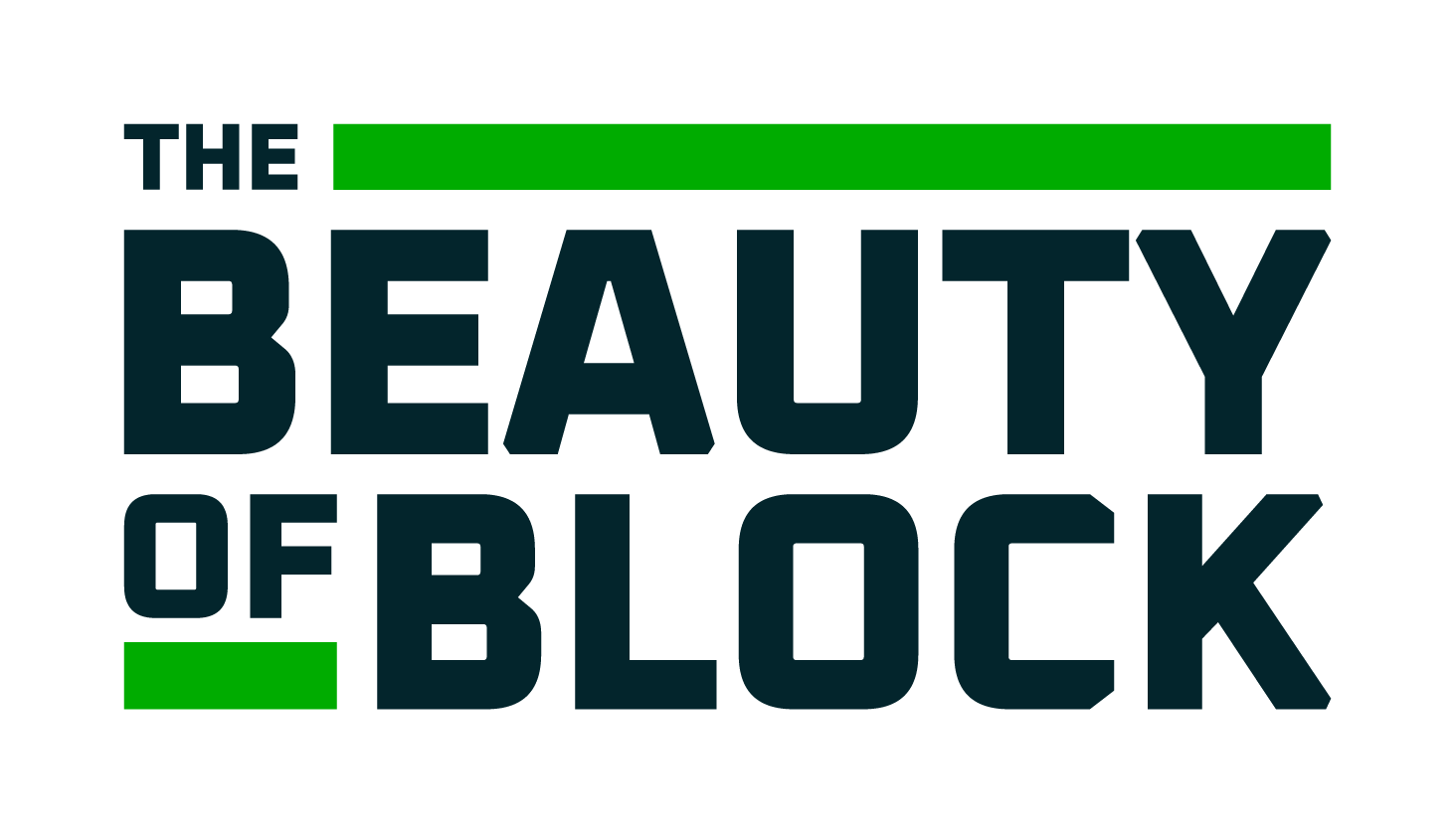This On Demand CEU is a recorded presentation from a previously live webinar event. Developing the next generation of leaders is essential for every architecture firm's long-term success and sustainability, whether you're a solo practitioner or amongst the largest firms in the world. Leadership development is not just about succession—it's a critical investment in building firm value, motivating employees, increasing retention, and ensuring profitability. Firms that embed leadership training into their culture earn the trust and loyalty of their employees and clients while positioning themselves as industry leaders.
This webinar provides practical, scalable strategies to create a leadership pipeline tailored to firms of all sizes. Building on the principles of succession planning, this session demonstrates how leadership development drives innovation, strengthens business resilience, and secures your firm’s future.



